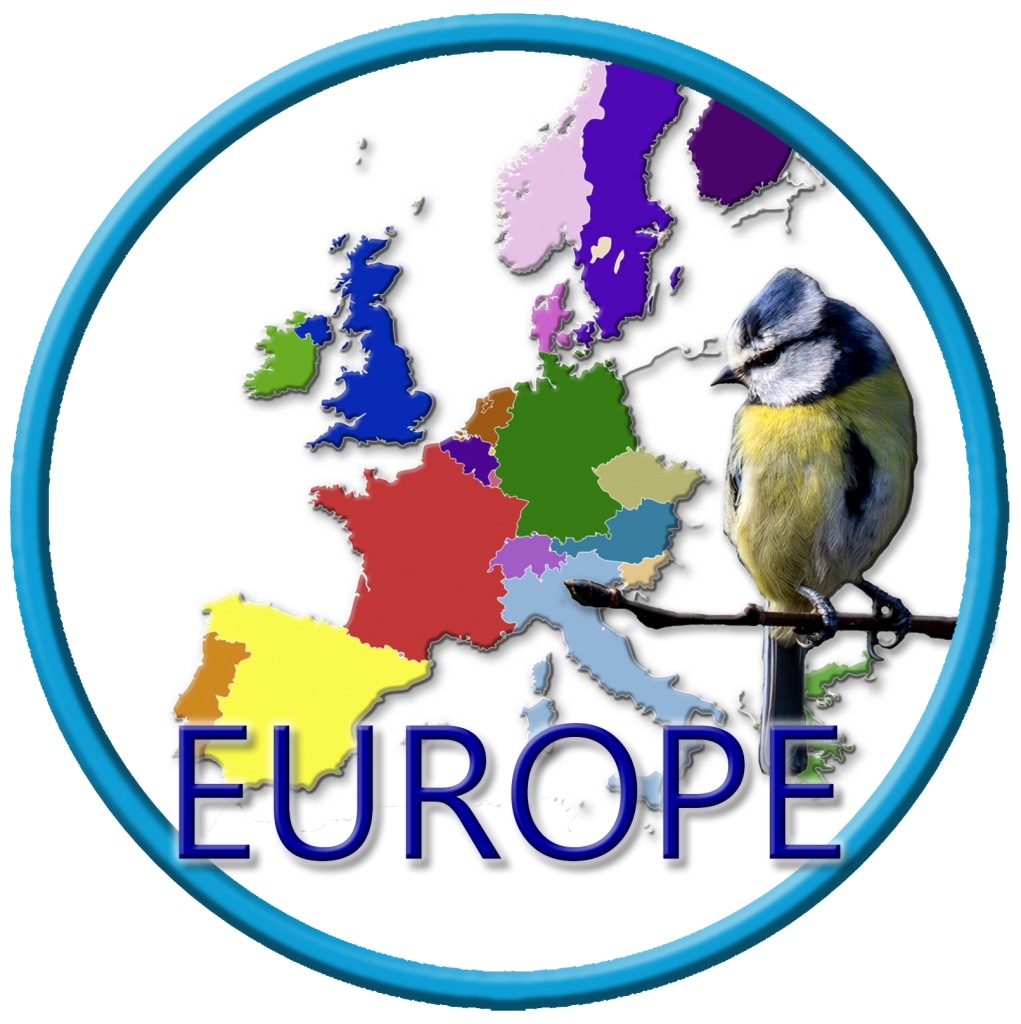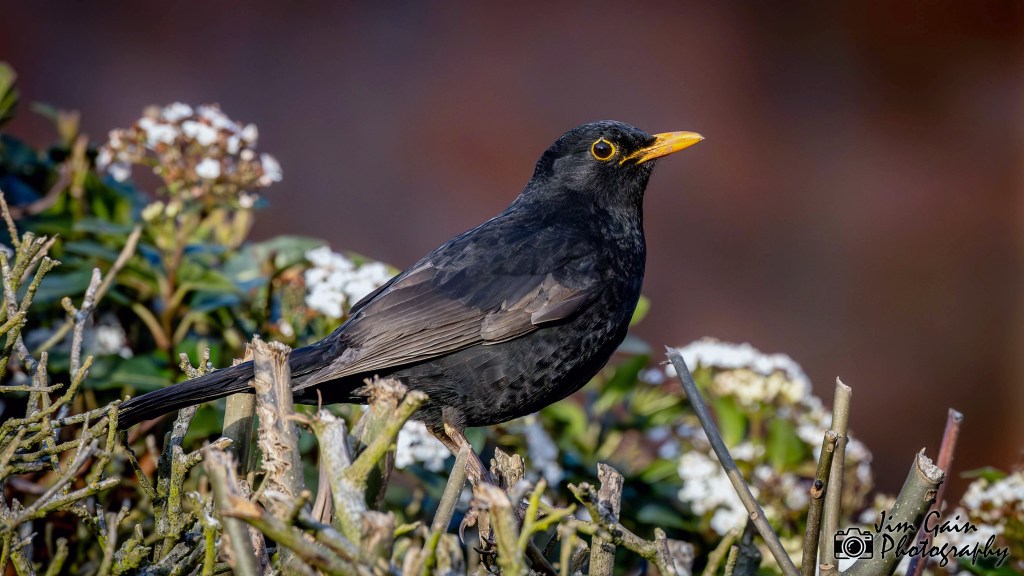
Western Europe Birds & Birding (#45/52): From the Highland Willow Scrub of Scotland to the Aegean Islands in the Sea of Crete, Western Europe is home to over 800 resident, migratory and vagrant birds. From songbirds to gamebirds and from waterfowl to raptors, you can find birds virtually in every nook and cranny of this beautiful area. *All images showcased in this blog series were taken and edited by me.
A Reflections of the Natural World Blog Post Series by Jim Gain
The Eurasian blackbird (Turdus merula) is a medium-sized songbird that is also known as the common blackbird. It is a true thrush that breeds in Europe, western Asia, and North Africa.

Physical Characteristics:
The Eurasian Blackbird is a medium-sized thrush with distinctive features.
- Plumage: The male blackbird boasts a jet-black plumage with a bright yellow eye ring and a yellow bill. In contrast, the female is brownish overall, adorned with subtle streaks and spots.
- Size: On average, these birds weigh around 113 grams.
- Habitat: They are at home in various environments, including woodlands, gardens, city parks, and farmlands.

Diet:
Eurasian Blackbirds are opportunistic feeders. Their diet includes:
- Insects and Worms: They forage on grassy areas, diligently hunting for worms and insects.
- Fruits and Seeds: During certain seasons, they also feast on fruits and seeds.

Abundance and Distribution:
- Breeding Range: These blackbirds are widespread across Europe, where they are common sights.
- Population Estimate: In Europe alone, the breeding population is estimated to be between 54.8 million and 87.1 million pairs, which translates to 110 million to 174 million mature individuals.
- Global Population: It is likely that the global population falls within the range of 10 million to 500 million mature individuals.
- Trend: The overall trend for the Eurasian Blackbird in Europe from 1980 to 2013 was increasing.

IUCN Red List Status:
The Eurasian Blackbird is currently classified as Least Concern by the IUCN Red List. This means that while it may be well studied and its biology known, data on abundance and distribution are still lacking.
For more information, you can explore the IUCN Red List and learn about the conservation status of various species.

EURASIAN BLACKBIRD WAS LIFER #767


Leave a comment